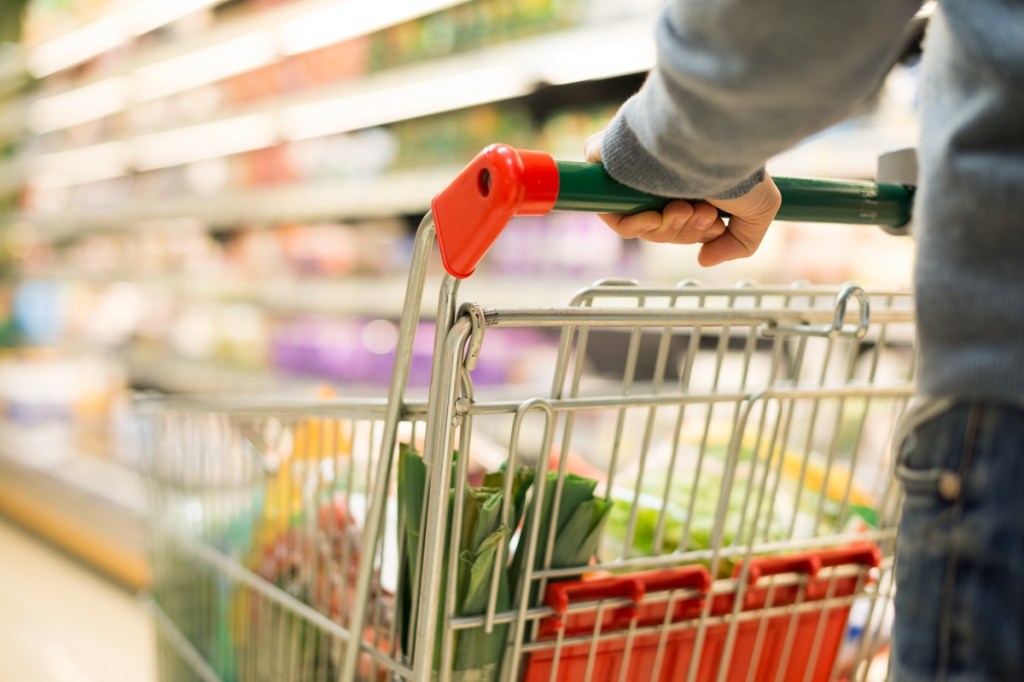John Moss, CEO of Flintfox International, explains how supermarkets need to strike a balance that satisfies suppliers and consumers while maintaining profitable margins.
In response to escalating concerns about price-gouging over the past year, Prime Minister Anthony Albanese announced the Australian Competition and Consumer Commission (ACCC) is launching a 12-month inquiry into the pricing practices of supermarkets. Recent data shows the prices of some common supermarket products, including potatoes, olive oil and baked beans, have increased by more than 40 per cent in the past three years.
While consumers grapple with inflation-busting price hikes, supermarkets are returning strong financial results, with Coles and Woolworths generating $1.1bn and $1.6bn full-year profits respectively. The ensuing accusations of supermarket profiteering have not rung out from consumers alone. Pressure is also mounting from suppliers, including farmers, who have highlighted the disparity between the prices at which they sell to supermarkets and the prices shoppers are paying at the till, creating an additional strand to the ACCC’s investigation.
Facing pricing pressures on both buy-side and the sell-side, supermarkets need to strike a balance that satisfies suppliers and consumers while maintaining profitable margins.
Improving visibility and data sharing
For both buy-side and sell-side pricing, improved visibility is critical to mastering price rises. On the sell-side, gaining visibility of all product lines and prices in real-time will support supermarkets in executing the right price rises at the right time. With access to real-time data, supermarkets can identify where margins have been eroded by rising costs and then implement a targeted price rise to ensure the required profit is being achieved. Armed with accurate data, supermarkets can leave guesswork behind while removing the risk of deterring customers with arbitrary price rises.
Visibility is equally vital in supermarket-supplier relations and will help to rebuild trust moving forward. By offering suppliers access to supermarket sales data, they gain an improved insight into product performance and consumer preference, helping them to understand the market and pricing strategy decisions. By unifying data on pricing and promotions, supermarkets can also ensure accurate and timely rebate management, minimising unnecessary supplier disputes and helping to ease strained relationships.
Avoiding long-term consequences
By introducing steep price rises on certain lines, supermarkets run the risk of alienating shoppers in the long-term. To retain customer loyalty, supermarkets should identify which products can absorb cost increases and which need to be shielded. We are already seeing major supermarkets employ this approach by introducing price freezes on certain ranges, while implementing price rises elsewhere.
If it goes unchecked, the continued disparity between supplier and supermarket pricing will cause lasting damage to this essential relationship. This could lead to suppliers seeking alternative distribution channels to sell their products, eroding the dominance of supermarkets. In addition, with the ACCC investigation underway, the disconnect between supplier and supermarket pricing could lead to fines or the enforcement of data sharing. To prevent this, supermarkets should focus on improving communication with suppliers and developing a better understanding of the trends and pressures impacting their businesses, ensuring transactions are fair and mutually beneficial.
Pricing automation
The size and scale of a supermarket’s business creates unique challenges as it juggles buy-side and sell-side pricing while managing thousands of different product lines, locations and promotions. To navigate this pricing complexity and streamline operations, supermarkets should embrace automation. Ensuring precise pricing adjustments, pricing automation enables supermarkets to protect their margin growth without repelling consumers or exploiting suppliers.
While minimising administrative burdens, digital pricing solutions unite all promotion, pricing and cost data to prevent payment and pricing disputes with suppliers. As the ACCC inquiry is carried out across the year, supermarkets should prioritise automated pricing processes that deliver margin wins while laying the foundation for better relationships with customers and suppliers in the long run.
To stay up to date on the latest industry headlines, sign up to the C&I e-newsletter.

